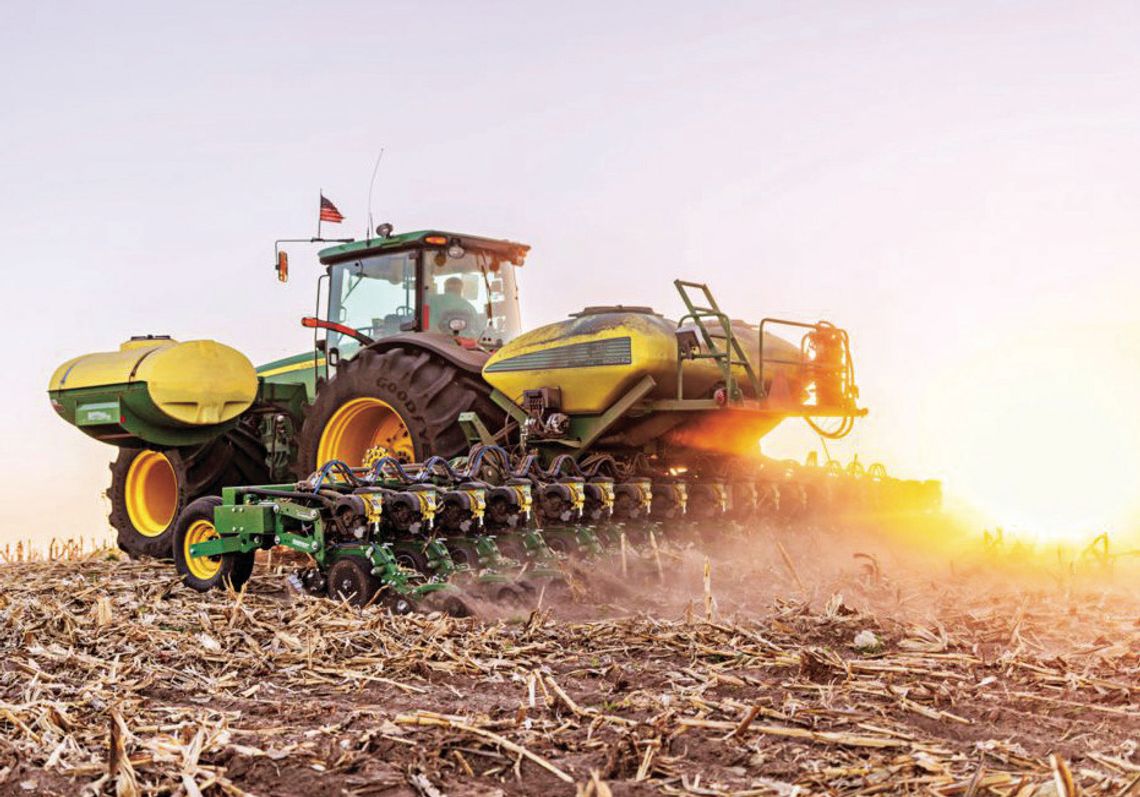The agricultural workforce is shrinking, and has been for some time. The American Farm Bureau Federation estimates there are roughly 2.4 million farm jobs that need to be filled annually, but there has been a drastic decline in workers each year.
There are a number of reasons for the shortages. The AFBF says more than 73 percent of farm workers are immigrants from South America and Mexico. While the United States’ H2-A visa program, which allows employers who meet specific requirements to bring foreign laborers in for temporary work, has increased the number of accepted applications for immigrants to 250,000, this number is still just a drop in the bucket in terms of labor needs.
Another factor is a career in agriculture isn’t always easy or lucrative. According to the U.S Department of Agriculture, for every dollar spent on food, a farmer receives only 7.6 cents. Farmers were predicted to lose 9.7 percent of total net income in 2021.
Declining interest in the field has also affected the number of farm workers. As more farm operators reach retirement age, fewer young farmers are replacing them due to volatile pricing, high real estate and land costs, steep initial machinery investment costs, and other factors. The physical demand of the industry also takes its toll. So what does this mean for the agricultural industry?
Many with knowledge of the industry indicate sweeping changes are warranted. Ellen Poeschi, the project director for the National Association of Agricultural Educators Teach Ag campaign, has said that a lack of agricultural education is contributing to the problem. Increasing availability of ag education courses across the country could build interest in the industry. Connecting students to internships or mentors may help, too.
Another option is to rally for greater economic opportunities in agriculture. The ag industry in general needs to find ways to make the economic benefits more competitive to other industries, and improve the working conditions and job flexibility. Agricultural industries currently average only 60 percent of what other industries offer in salaries. Farm wages have been rising due to the H-2A program, which requires farm worker pay to be higher than the state/federal minimum wage. More change is needed, but this may have to come at the federal level or be sparked by efforts on the part of agricultural advocacy groups.
Additional strategies farm operators can employ to combat shortages are: scaling back farm operations; integrating ag technology to reduce labor burdens; pivoting to crops that require fewer laborers; leasing portions of land to have extra money; employing temporary guest workers; and moving operations abroad.
Worker shortages continue to be problematic for the agricultural industry. A greater focus on remedying the issue is needed on a grand scale.




